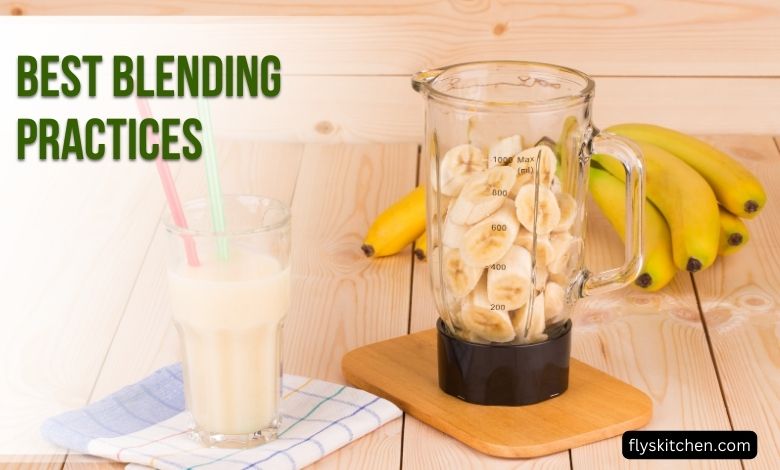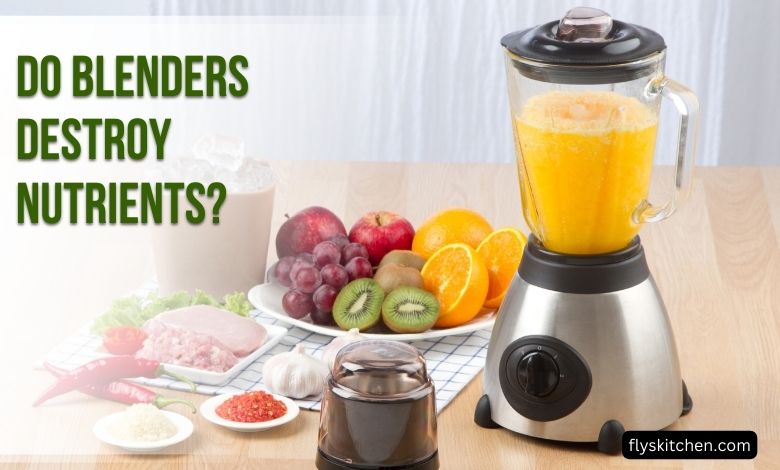
Best Blending Practices
Follow these tips to retain the most nutrients when blending produce:
- Blend at the highest speed your blender allows for the smoothest, most efficient breakdown of produce.
- Blend in short pulses to avoid overheating ingredients.
- Don’t leave blended smoothies or juices sitting for long periods before drinking.
- Add a squeeze of lemon juice to help keep vitamins C and A stable.
- Consider adding supplements like whey protein and probiotics that may deteriorate during blending.
- Wash produce well but don’t over-soak it, as water-soluble vitamins can leach out.
- Use fresh, ripe produce for the highest nutrient levels.
Blender vs. Juicer: Which is Better?
There’s an ongoing debate about whether blenders or juicers are better for preserving nutrients.
Juicers extract the liquid from produce and leave behind the fiber. This concentrates the vitamins and minerals into the juice.
But the process also exposes the juice to more oxygen. And some vitamins like vitamin C are extremely oxygen-sensitive.
Most research shows blenders and juicers yield similar vitamin and mineral levels. For example, one study found both juicing and blending spinach retained over 90% of vitamins C, E, and A, folic acid, and minerals like calcium, iron, and zinc.
So in terms of nutrient retention, blenders and juicers are likely comparable. The choice comes down to your personal preferences for fiber, texture, and convenience.
Potential Downsides to Blending
While blenders do a good job retaining most nutrients, there are a couple of potential downsides to keep in mind:
- Fiber content – Blending reduces produce fiber length, which may diminish some of fiber’s health benefits like supporting healthy cholesterol levels and digestive function.
- Nutrient absorption – Heating and blending breaks down plant cell walls. This may make some nutrients easier to absorb, but also easier to oxidize. Nutrients may be absorbed quicker than nature intends, spiking blood levels.
- Added sugars – It’s easy to blend in sugary mix-ins like fruit juices, ice cream, or syrups that boost smoothies’ calorie and sugar content.
- Hunger cues – Drinking calories don’t register with your brain the same way that chewing does. This may cause you to feel hungry again sooner after a liquid meal.

